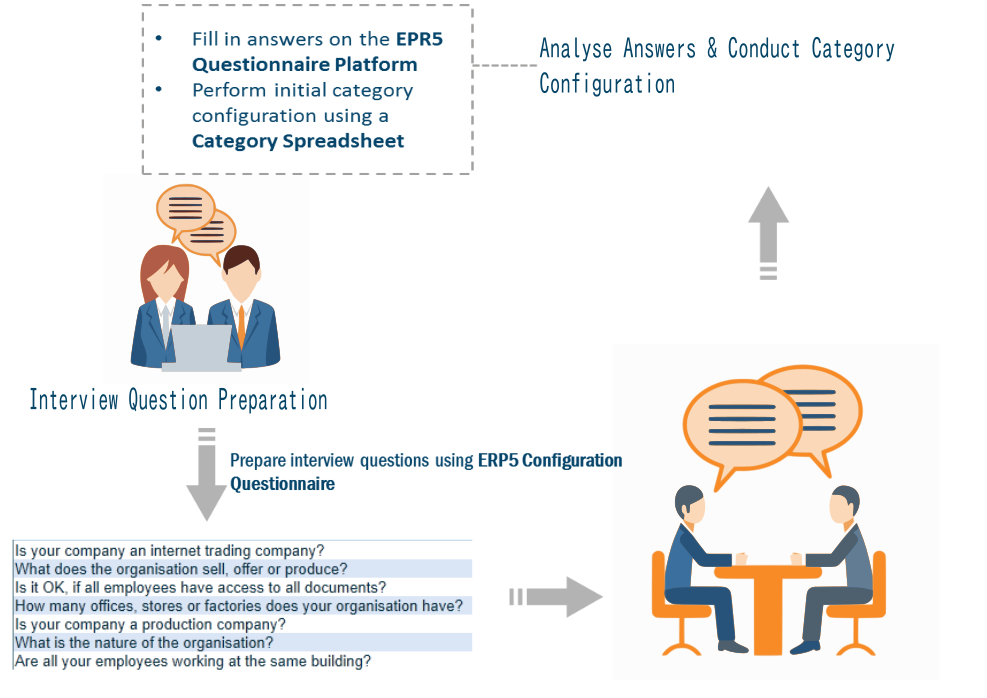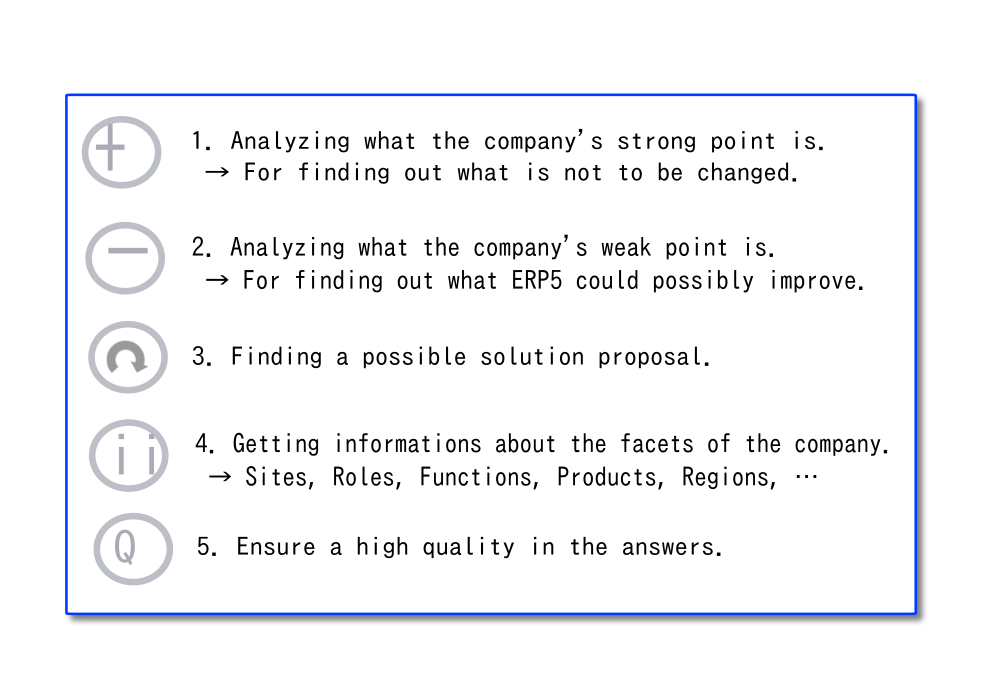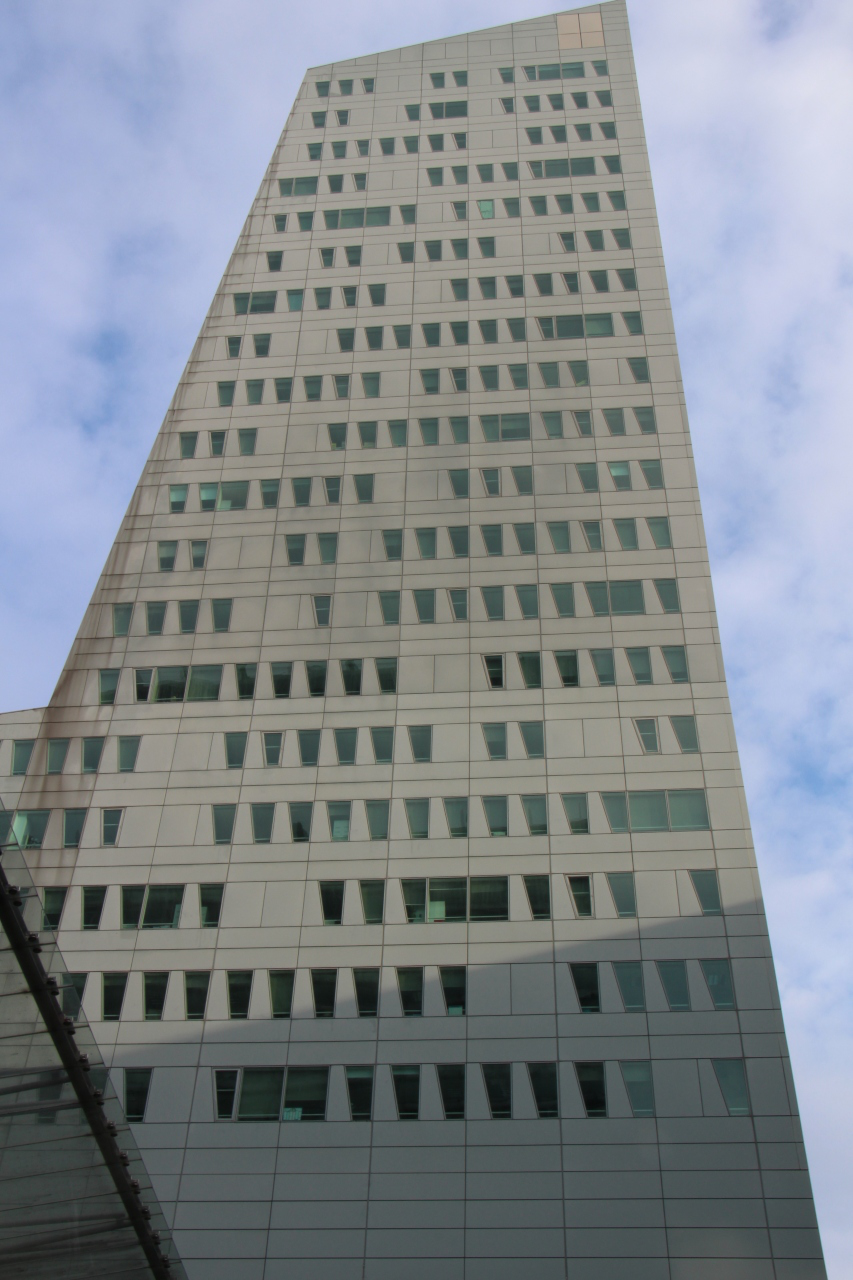Klaus Wölfel, Jean-Paul Smets, Jingjing XU, Alain Takoudjou, Mathias Riechert, Ni Yan |
OSOE Consulting and Configuration Questionnaire
ERP5 Consulting and Configuration Questionnaire
This visual guide is part of a collection of documents created by the One Student One ERP (OSOE) project in collaboration with Institut Mines Telecom, Telecom Bretagne, Dresden University of Technology and the South Westfalia University of Applied Sciences. It can be used to teach modern ERP theory and practice to undergraduate students or professionals.
Copyright: You are free to copy, distribute, display, and perform the work under the following conditions: you must attribute the work in the manner specified by the author or licensor; you may not use this work for any commercial purposes including training, consulting, advertising, self-advertising, publishing, etc.; you may not alter, transform, or build upon this work. For any reuse or distribution, you must make clear to others the license terms of this work. Any of these conditions can be waived if you get permission from the copyright holder through a commercial license or an educational license. For more information, contact info@nexedi.com
Agenda
- The interview and the questionnaire
- Preceding steps for the interview
- Questionnaire objectives
Now you have worked through the tutorials to understand ERP-Systems, we will now start to perform a consulting process for an ERP implementation using the on-line questionnaire system. In this presentation, you will know what do you have to prepare for this task and understand what the ERP Consulting and Configuration Questionnaire is needed for.
The interview and the quetionnaire

Our interview is a bilateral process between the interviewer and the interviewee - the company. A questionnaire is used to extract information about the company in a way which allows for the ERP configuration to be filled. The results of the interview shall be able to be transferred on-line.
Preceding steps
- Work through the tutorials to understand ERP-Systems
- Find a company
- Register at questionnaire.erp5.net (First and Last Name, eg, "John Doe", Password, etc.)
Please ensure you completed the steps listing above before you continue filling the questionnaire.
Questionnaire objectives

The objectives of the questionnaire are listed above.
The starting point is to analyze what the company's strong point is. This is necessary to prevent changes in this field. Additionally, asking about positive processes first results in a more open communication culture in the interview.
Secondly, the weak point has to be analyzed. This could be a process which is inefficient, redundant or over-sized. It is most important to provide an explicit description of the process with all relevant key questions.
Thirdly, ERP5 is used to improve the weak point of the organisation. The goal is to find and describe a possible future application area where ERP5 can be introduced.
The final goal is to provide the information about the facets of the company to enable the configuration sheets to be filled in.
To achieve all goals, all questions have to be checked for their answers' quality, explicitness and completeness.
Thank You

- Nexedi SA
- 147 Rue du Ballon
- 59110 La Madeleine
- France
- +33629024425
For more information, please contact Jean-Paul, CEO of Nexedi (+33 629 02 44 25).